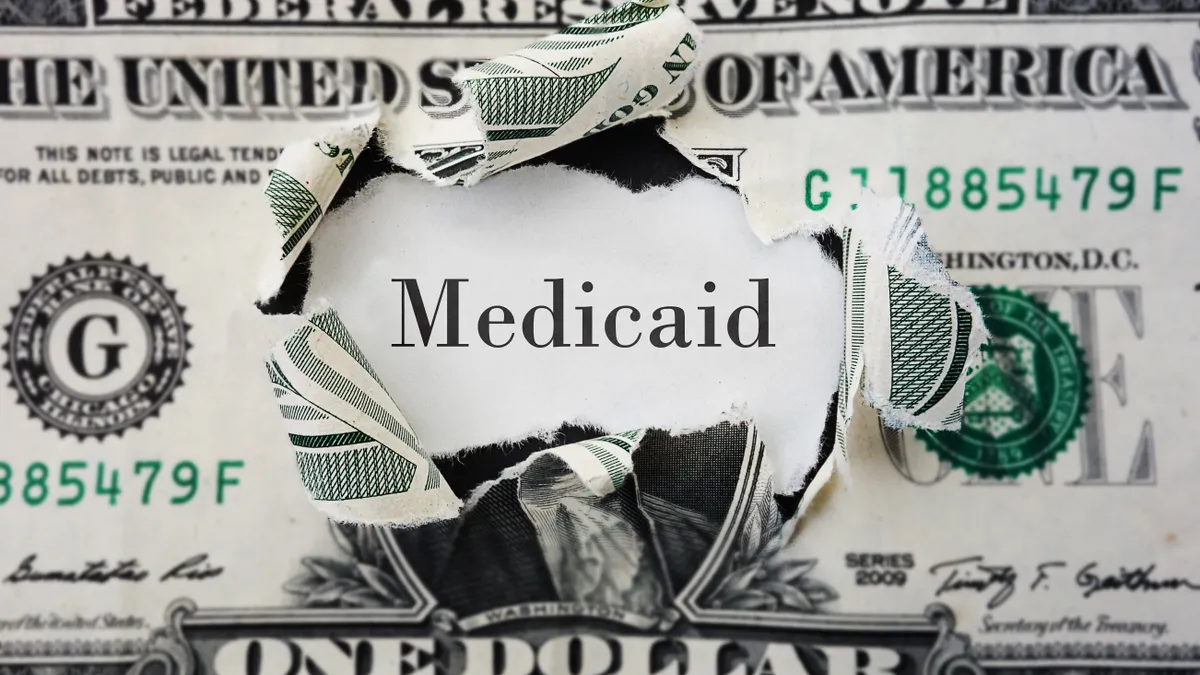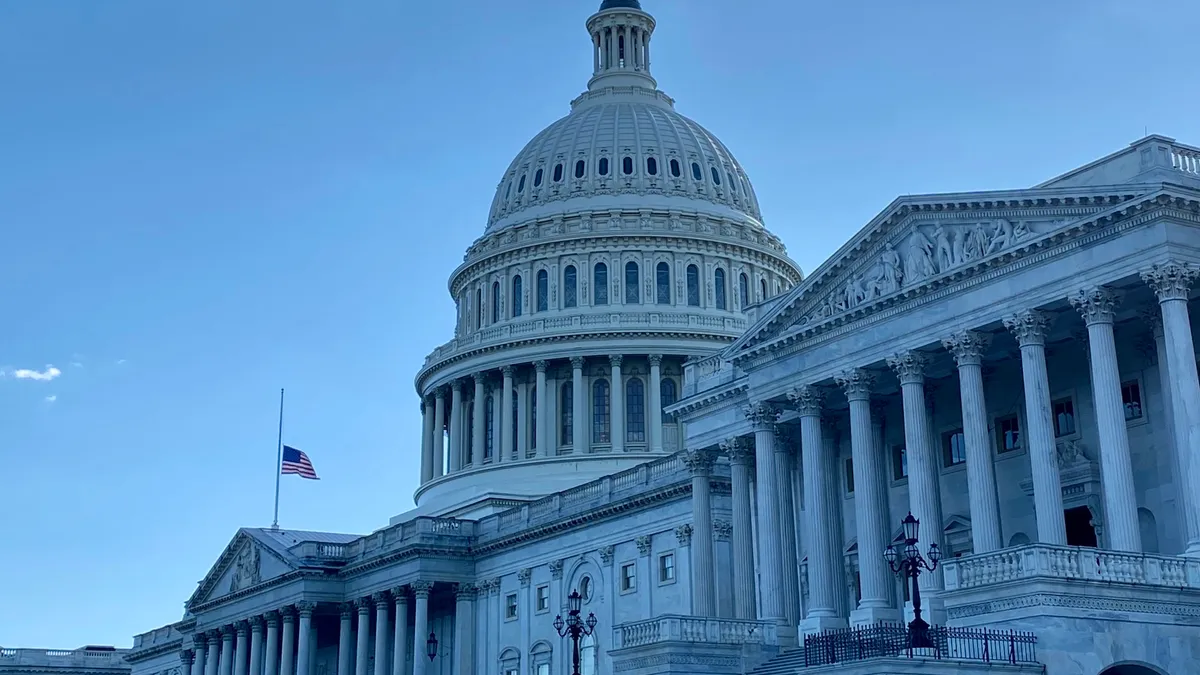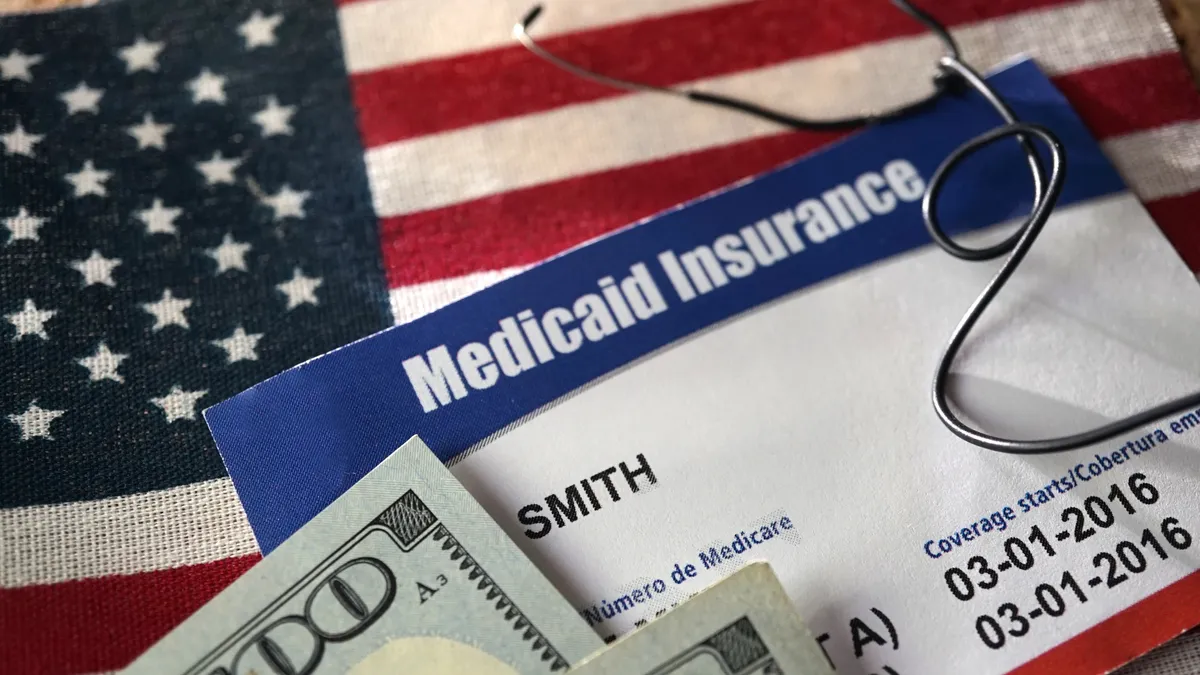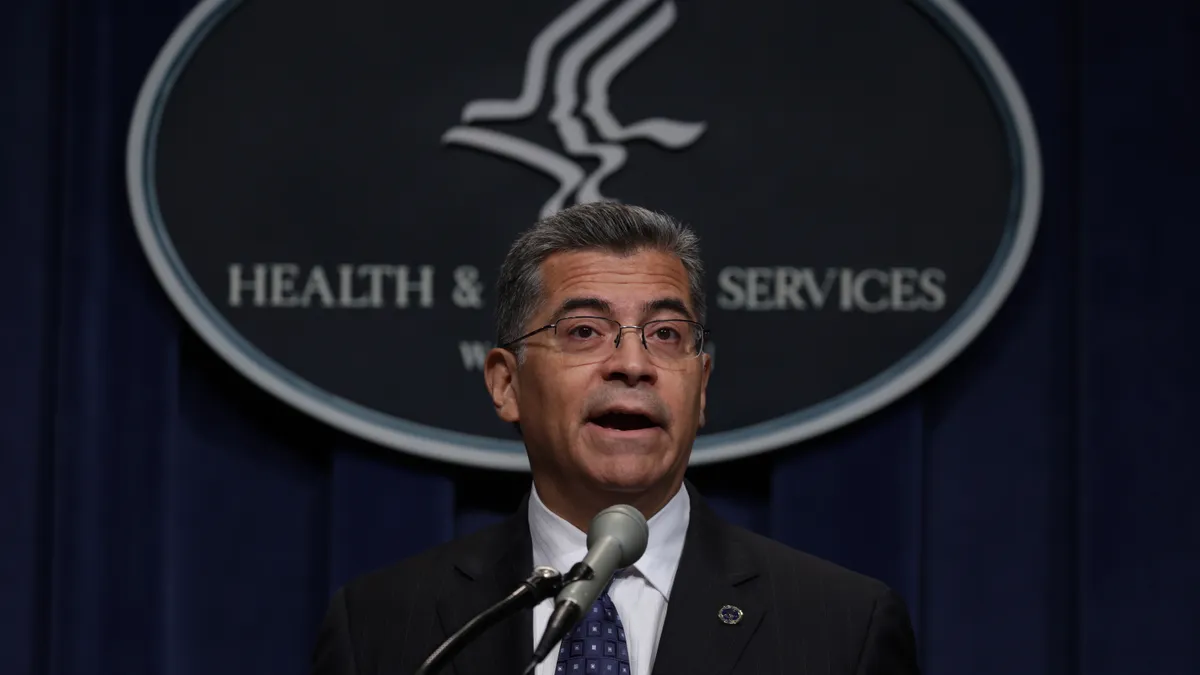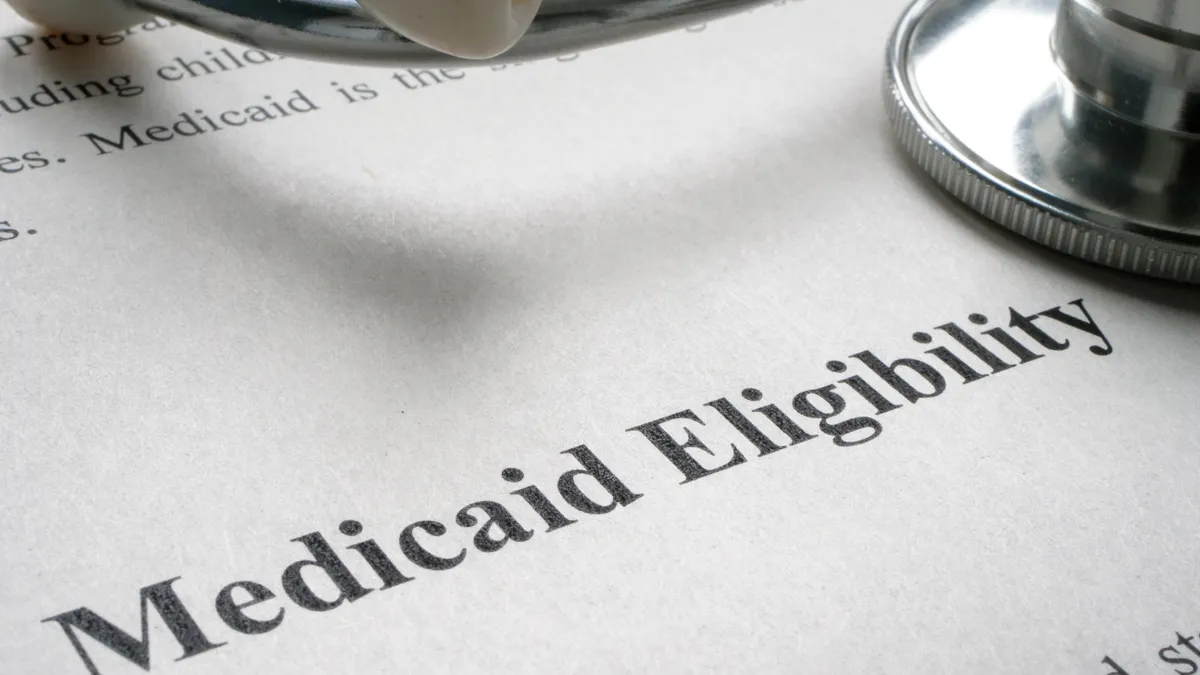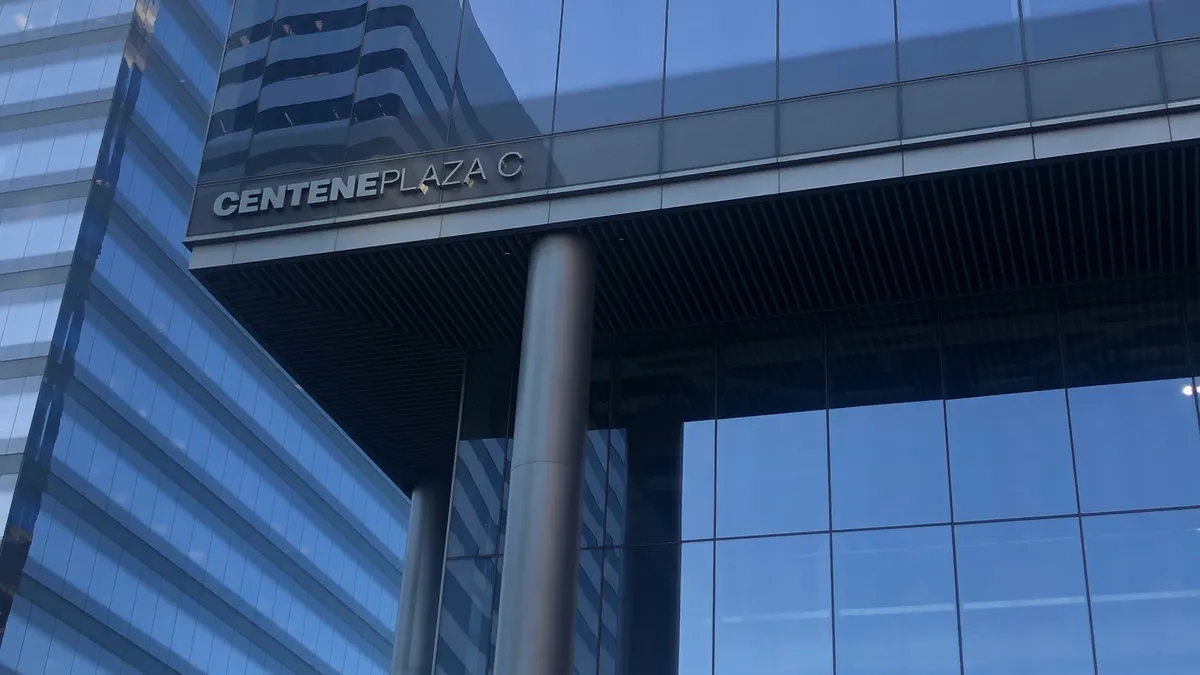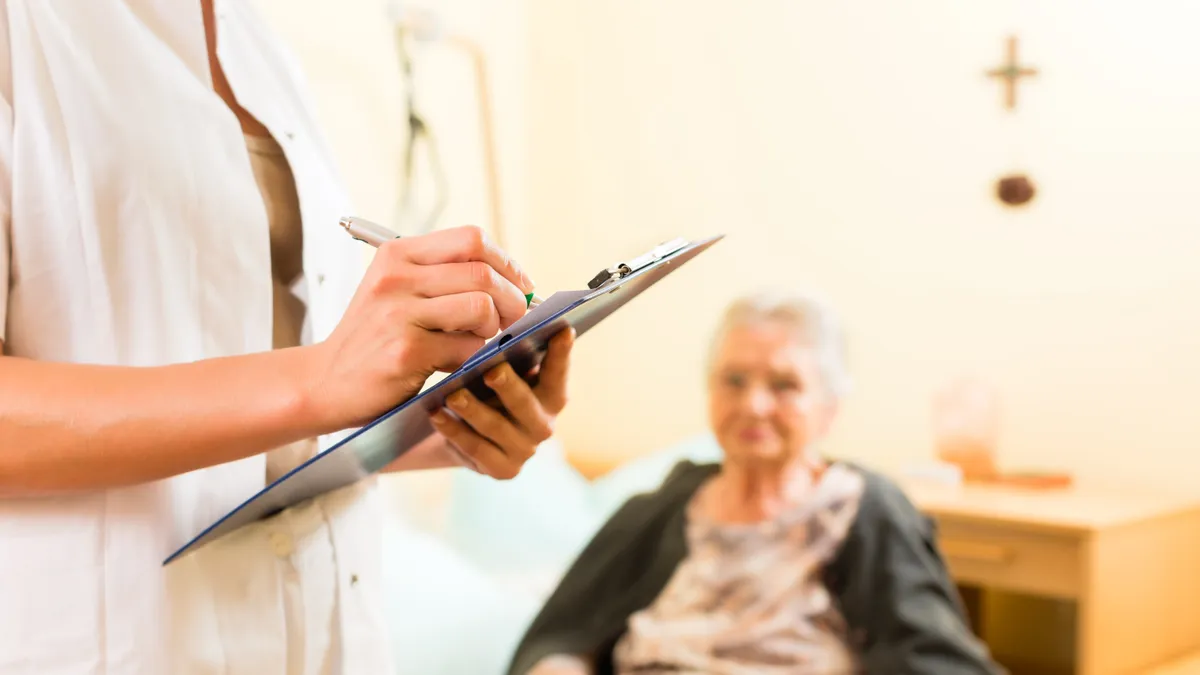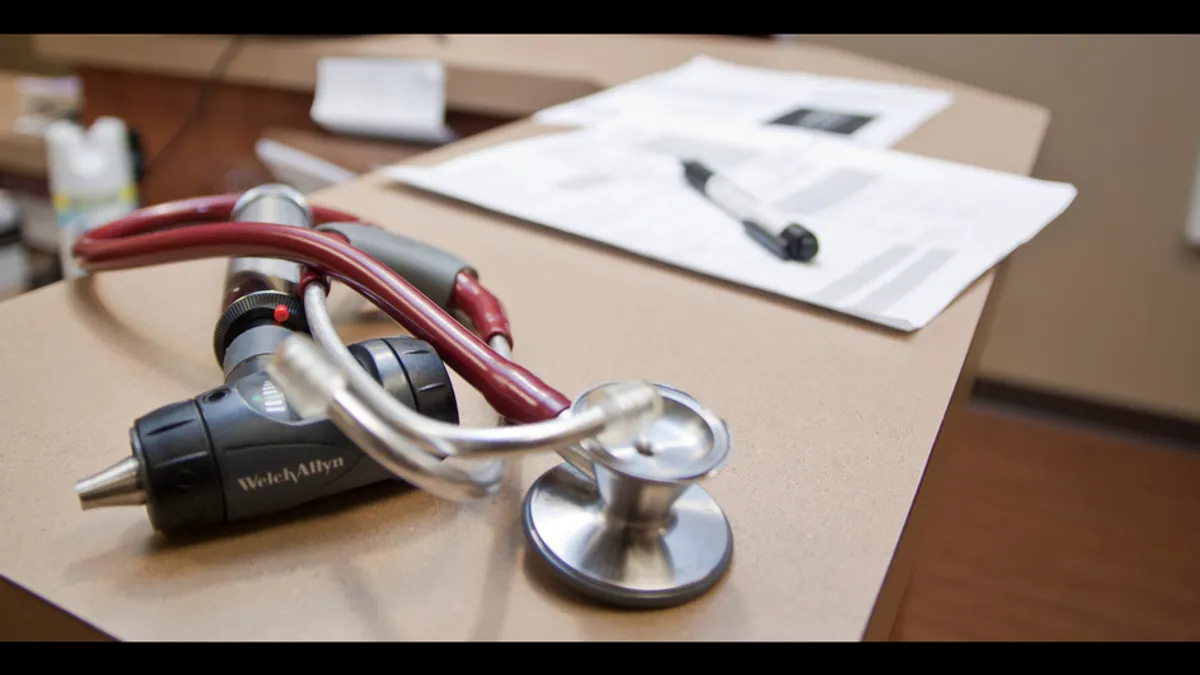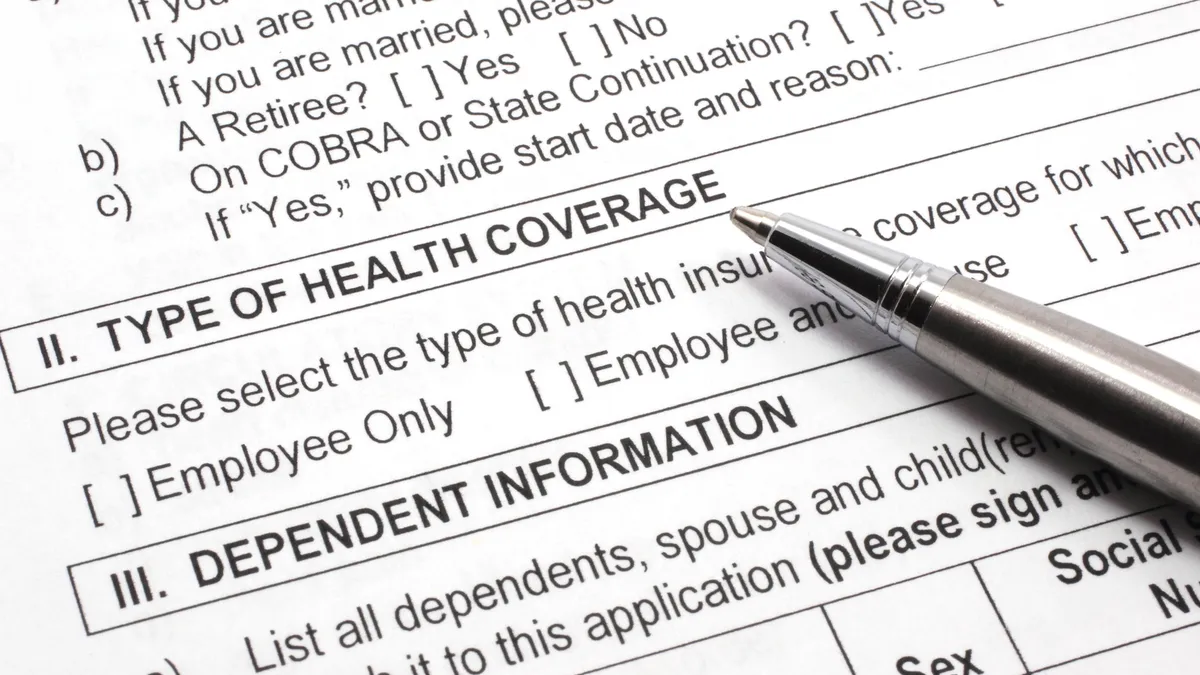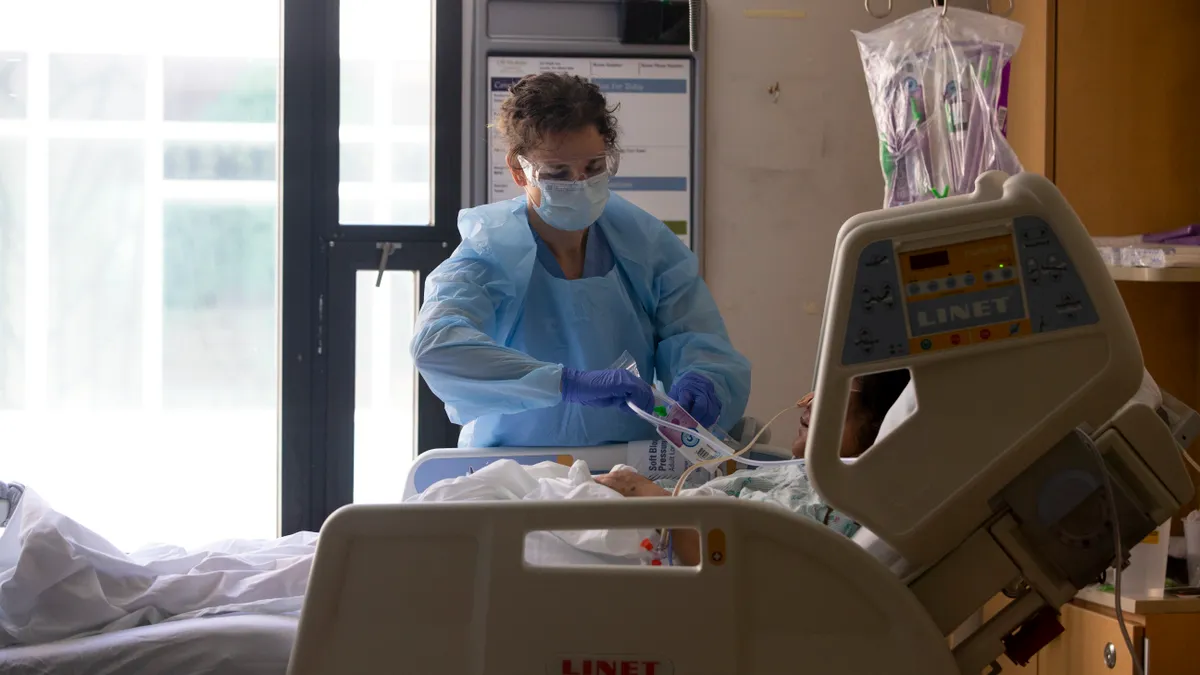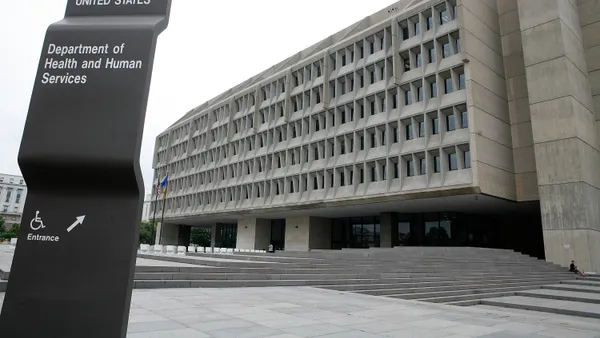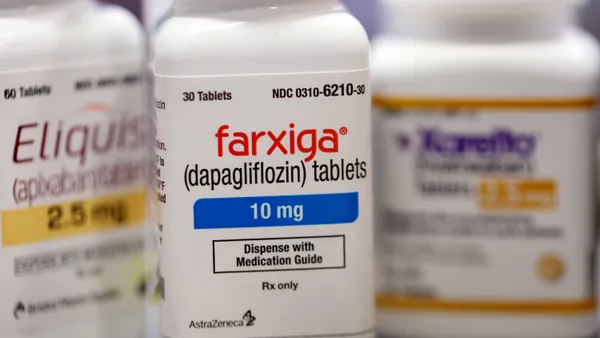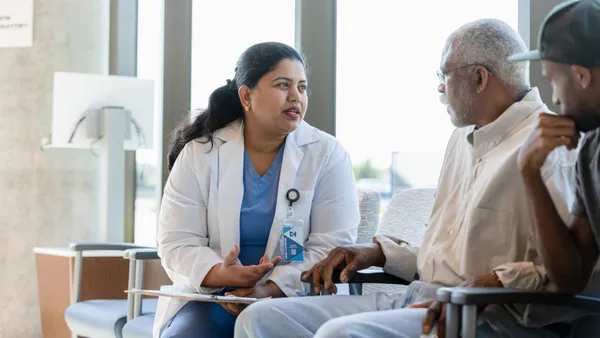Editor’s Note: Jackie Leung is an Assistant Professor of Public Health at Linfield University. She is a public health researcher and writes about public health policy as a Public Voices Fellow with AcademyHealth in partnership with the OpEdProject.
Since May, at least 1.5 million people have lost Medicaid coverage. Many of them should still have it. And there’s a very simple solution which I have been a part of: providing culturally appropriate assistance to marginalized groups.
During the pandemic, states paused the annual redetermination of Medicaid coverage, but resumed enrollment checks beginning in April. An estimated 18 million people will lose Medicaid coverage during the unwinding process. Approximately seven million terminations will be due to procedural factors.
For example, Medicaid sends out letters notifying recipients that they must respond, or lose coverage. Yet often, recipients do not speak English. Further, the letters may be confusing. A recipient might receive several letters sent to different addresses with different dates before their Medicaid coverage ends.
As a Medicaid community partner assister in Oregon, my nonprofit partners with the state to provide culturally specific Medicaid enrollment and outreach services for community members, who often receive Medicaid letters they don’t understand.
I work with community members to enroll, educate and provide service support as they learn how and when to use their newfound healthcare coverage. With first-hand knowledge of the difference such services can make, I argue that states must prioritize outreach and support for community members who are at risk of losing Medicaid. This support includes three pillars.
Funding cultural and language-appropriate outreach and enrollment services
To provide better care, public health demands access to appropriate cultural and language support. Most Medicaid letters and communications include jargon from multiple fields: technical, legal and health terminology. This information needs to be easily understood.
The American Medical Association recommends materials be translated at a 6th grade level, yet most documents are at 10th grade or higher. This does communities a disservice. Patients can’t comply with doctor’s orders when they can’t fully comprehend the documents presented to them.
English language learner communities, rural communities, communities that lack a high school and communities with limited experience with healthcare coverage — all these groups are left behind. States must prioritize funding, resources, and training opportunities to train and hire local community leaders such as church leaders, community-based organizations and other groups to provide Medicaid outreach and enrollment support.
Initiate auto-enrollment support to eligible programs
Restricting access to care can result in fewer people seeking necessary medical services, creating sicker people and higher expenses down the line. Despite that, some states want Medicaid beneficiaries to clear a higher bar for re-enrollment.
The Wisconsin state legislature, for example, has proposed preventing the health department from automatically re-enrolling qualified recipients, even if the recipient's current data is readily available.
Instead, states should expand support for the community by initiating an auto-enrollment process with federal and state agencies to enroll into eligible programs, saving time and money in the process.
After losing Medicaid coverage, some people quickly switch to insurance plans under the Affordable Care Act, but most don’t. Some 65% of people remain uninsured for a period of time. Some of those people are eventually re-enrolled into Medicaid, a process which costs twice what it would to simply auto-verify their eligibility.
Adding auto-enrollment support would ensure continuous coverage, saving money for Medicaid and for the health insurance companies.
Expand Medicaid coverage
Public health focuses on the health and wellbeing of populations, not just individuals. Medicaid expansion provides states with additional flexibility and funding, increasing eligibility for families who would not normally qualify. For example, Oregon provides coverage for up to 200% of the federal poverty level, or about $60,000 for a family of four.
Wider access to Medicaid improves care for the most vulnerable, research has shown. That includes cardiac care, according to the American Heart Association. Furthermore, the rate of severe maternal morbidity within the U.S. has increased. Expanding Medicaid postpartum coverage from 60 days to one year after giving birth improves health outcomes.
To be sure, some argue that people abuse Medicaid coverage and that reducing access gets people “back to work.” Yet, the reality is restrictions on quality or length of coverage, such as work requirement programs, create a vicious cycle, keeping people impoverished and in ill health.
That reality is becoming starker as Medicaid restrictions are taking hold, further reducing a person’s ability to access much needed coverage. More people will become ill, others who are ill will get sicker and many more will die. By improving access, collecting data and expanding coverage, we can ensure that America's most vulnerable populations do not become even more vulnerable by losing access to healthcare.


